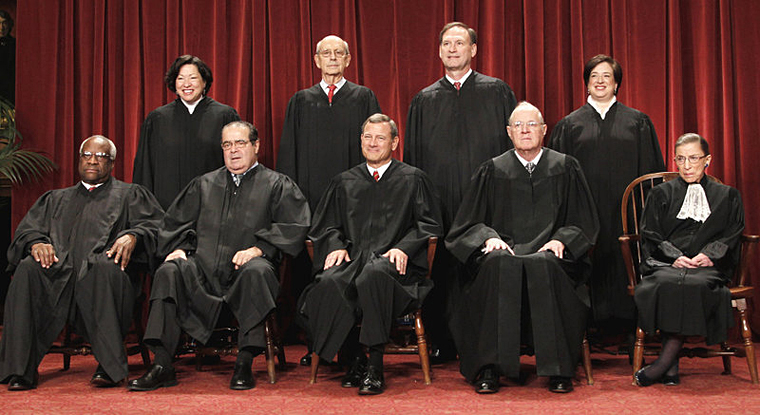
I must admit to feeling quite deflated by the recent Supreme Court decisions regarding the first amendment. To see liberal justices Ginsberg, Sotomayor and Kagen recently join Scalia and Roberts in deciding not to protect minors from videos filled with blood-spattering violence, torture and mayhem is profoundly disappointing. This decision follows on the heels of court’s previous rejection of laws regulating the sale of videos depicting the torture of real animals, once again based upon freedom of speech provisions of the Bill of Rights.
Ironically, it was conservative Justice Alito who, in a dissent on this latest decision, noted that eleven-year-old children cannot view a naked woman’s body but can now purchase a video allowing the “virtual” assault, torture and killing of a woman. As a culture, we need to better understand our acceptance and promotion of violence; there is something terribly wrong at play here and I worry for our children.
That violence is part of life is not news. Human history is filled with violence, as is everyday life for millions of people. The roots of this violence run deep, and overcoming it has preoccupied great thinkers, teachers, sages and prophets. Words of wisdom about overcoming violence fill volumes and are given lip-service everyday, but all this barely makes a dent in a world-wide phenomenon of ongoing human slaughter.
The reality of violence, however, is no justification for its promotion, and through its advocacy in entertainment, music, film and print, efforts to promote decency and kindness are subverted. Is life not harsh enough without virtual violence? Must we add insult to injury? Have we no shame?
Freedom of speech is a double-edged sword; it allows for unfettered creativity and expression while at the same time allowing hateful, perverse and violent content. In this sense, it is displays symmetry, and it is this symmetry that underlies the recent court decisions. The court decides matters of law; this is the way our system works, and though imperfect, it’s the only way freedom of the press can be regulated. The symmetry is broken, however, when the violent outcomes of such freedom of expression are not subject to review. It’s one thing to promote violence, and another to be held responsible for it.
Being held responsible is the other side of freedom of speech. If free expression incites violence, be it through images on video or otherwise, one must bear responsibility for it. What we say and how we say it have consequences, and this principle applies in many areas of law. If I publicly accuse another person of being a thief, for example, I must defend that speech with evidence or I can be charged with slander or libel. In other words, I bear a responsibility for my speech and it’s effects.
At this point, the producers of violent video games and videos of animal torture are not being held responsible for the effects of their free speech. To restore the symmetry of free speech, responsibility must be assigned and those who incite violence must be held accountable. Because people are complex, proving that violent content is responsible for violence is also a complex matter. We cannot subject children to a long-term controlled experiment. Yet, if we are to have any hope of stemming violence, being held responsible for the effects violent expression must be part of the solution.